Click here to go to the YouTube video

The theme of this episode is the establishment of the Kamakura shogunate. After winning the battle against the Taira clan, the Minamoto clan established a samurai government in Kamakura.

After the fall of the Taira clan in 1185, Minamoto no Yoshitsune, a war hero, became a popular figure at the Imperial Court in Kyoto. Minamoto no Yoritomo, who was trying to set up a political system in Kamakura, opposed Yoshitsune. Yoritomo pressured the Imperial Court and obtained the right to place “Shugo” and “Jito” to capture Yoshitsune.
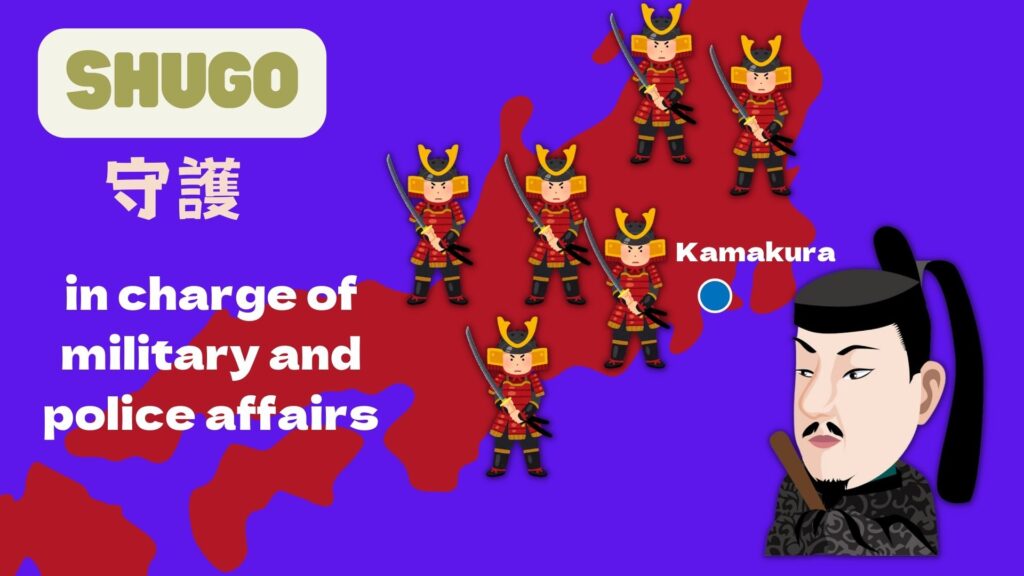
“Shugo” was a position that Yoritomo placed in each province. They were in charge of military and police affairs.

“Jito” was a position that Yoritomo assigned to a manor or fief. They were in charge of land management and tax collection.
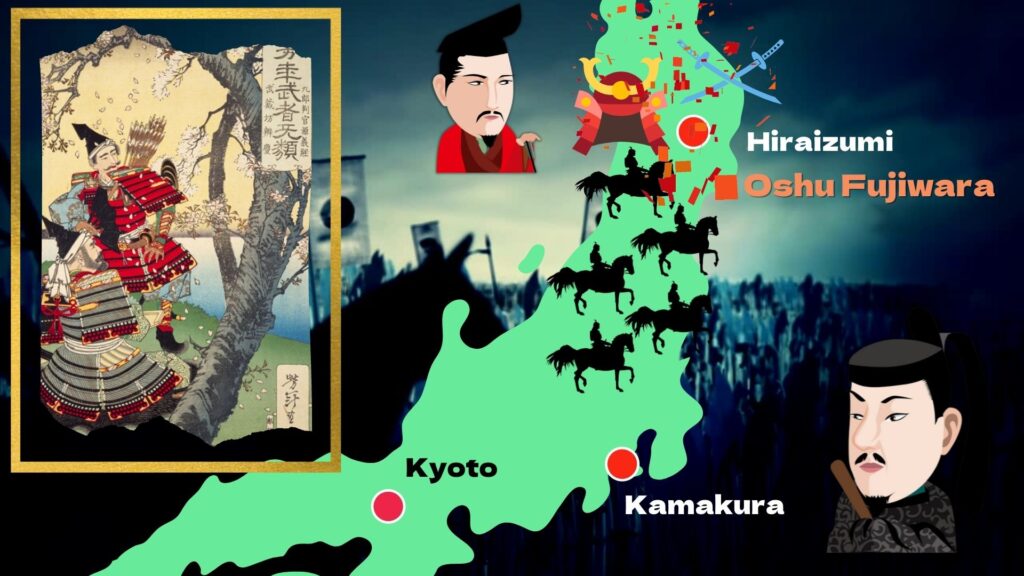
Yoshitsune took refuge with the Oshu Fujiwara clan in Tohoku to escape his pursuers. However, Yoritomo sent an army to destroy the Oshu Fujiwara and Yoshitsune died. As a result, Yoritomo extended his rule to the Tohoku region.
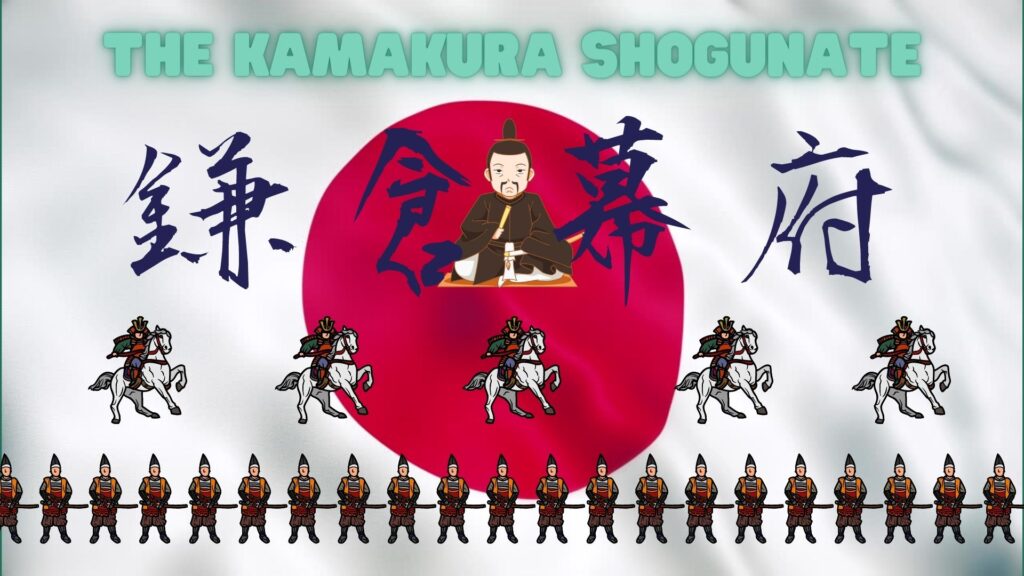
In 1192, the Imperial Court appointed Yoritomo as a “shogun”. This gave Yoritomo the position to command all the warriors in Japan. Yoritomo established a samurai government in Kamakura, far from the capital. This is called the Kamakura shogunate. The period when the shogunate was located in Kamakura is called the Kamakura period.
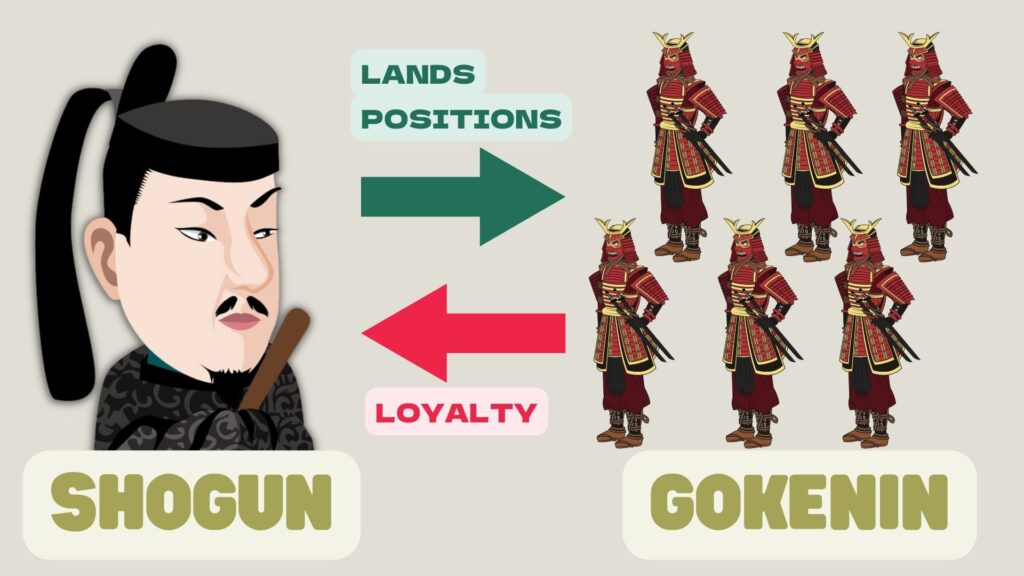
What characterizes the Kamakura Shogunate is the strong ties between the Shogun and the samurai. Samurais who followed the shogun are called “Gokenin”. The Shogun appointed them as “Shugo” or “Jito” and protected their lands. The Gokenin swore loyalty to the Shogun and led their families to fight for him.
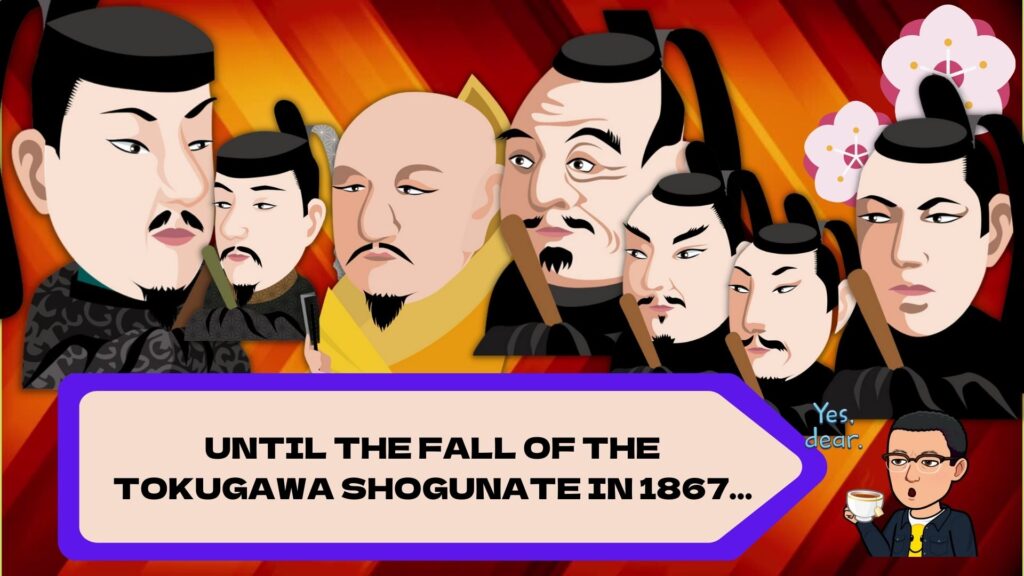
The establishment of the Kamakura shogunate was an epoch-making event, as the samurai class held real political power for approximately 700 years thereafter. In this sense, Minamoto no Yoritomo was the person who changed the course of Japanese history.
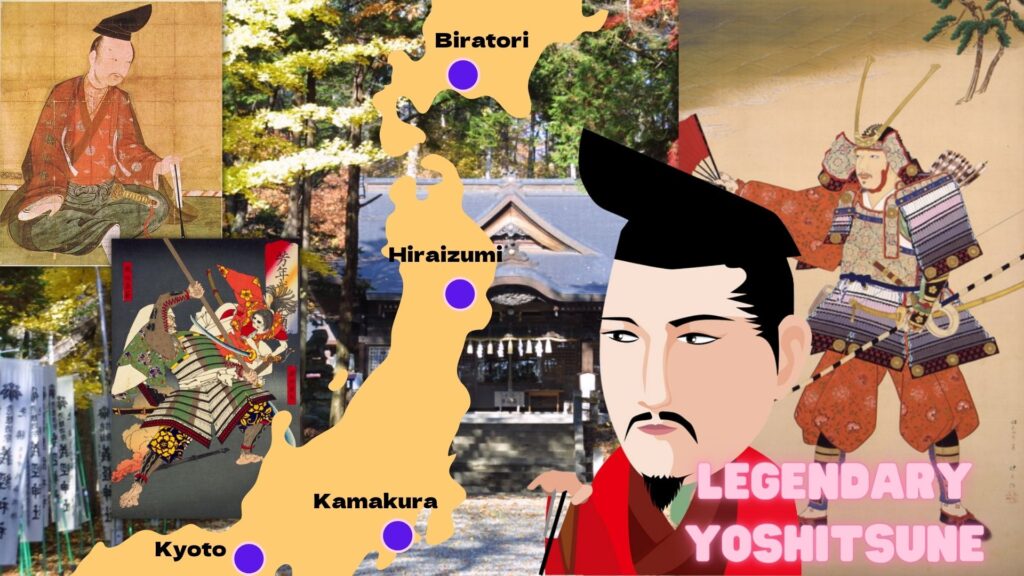
By the way, war hero Minamoto no Yoshitsune became a legend. This is because many people could not accept his death. According to legend, he secretly fled to Ezo and became the leader of the Ainu people. Ezo is present-day Hokkaido. There is a shrine to Yoshitsune in the town of Biratori. Furthermore, there is even a theory that Yoshitsune went to Mongolia and became Genghis Khan. Well, it is a little hard to believe.
Thank you for reading. See you soon.




Comment